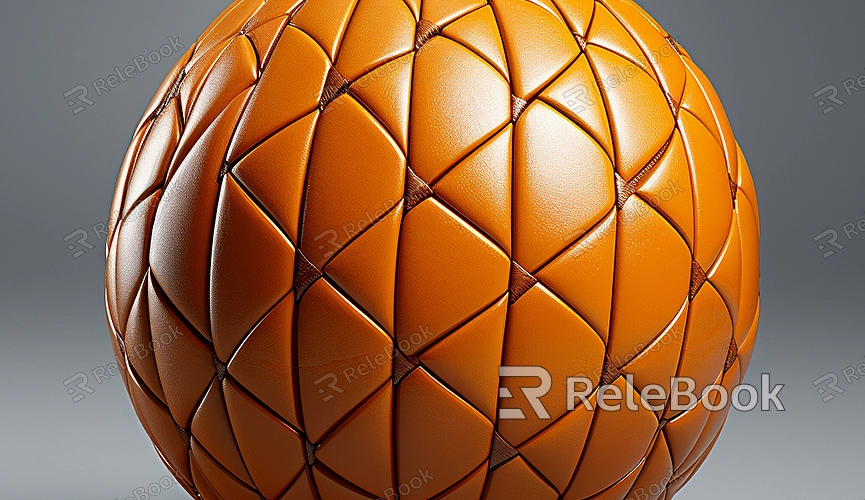Application of Spherical Textures in Blender
Spherical textures stand as a pivotal element in creating realistic 3D model renderings and enhancing visual depth within Blender, a robust 3D modeling software. These textures extend beyond the traditional smooth or matte surfaces, simulating various material effects such as metallic sheen, rubbery matte textures, or the intricate textures found on celestial bodies. Through astute application, spherical textures in Blender can add astonishing details and textures to renderings within virtual scenes. The following series of examples vividly showcase the effects of spherical textures across different application scenarios.

Importing Spherical Textures
To begin, open the Blender project, select the sphere model, and import the spherical texture. Navigate to the "Textures" option and import the pre-prepared spherical texture map.
Applying Spherical Textures to the Scene
Select the sphere and drag the imported texture onto its surface. This step imbues the sphere with lively textures, rendering it more lifelike and engaging.
Example Scenarios:
1. Celestial Bodies Simulation: When creating a model of the solar system, spherical textures on various planets precisely replicate their surface features, such as Jupiter's cyclonic storms or the moon's craters. These details make celestial bodies appear more realistic, enhancing the model's educational value and visual allure.
2. Sporting Equipment Design: Designing a basketball model where the orange leather and black textures on the spherical surface are crucial. These textures not only replicate the basketball's characteristics but also highlight shadow and gloss variations under lighting, evoking the impulse to take a shot.
3. Jewelry Display: While simulating jewelry like a pearl necklace, subtle gloss and reflection effects on spherical textures showcase the high quality and smooth surface of pearls, making the jewelry shine brightly in displays.
4. Home Decor: Imagine a decorative crystal sphere on a chandelier; under the glow of lights, the refraction and reflection effects of spherical textures create a warm and luxurious ambiance throughout the room, a vital effect for interior designers.
5. Props in Gaming: In a game, spherical textures on a magical orb can represent various magical effects such as flames, frost, or lightning through color and gloss changes, providing players with intuitive visual feedback.
6. Scientific Visualization: In scientific research, like rendering a virus model, spherical textures can help reproduce the complex structures on a virus's surface, such as protein protrusions and membrane structures, aiding in medical education and research.
7. Emotional Symbolism in Animation: In animated movies, a smooth black sphere might signify mystery or ill fate, while cracks and flaws on spherical textures enhance this symbolic visual effect.
8. Virtual Reality Experience: In virtual reality, spherical textures can create interactive elements, such as simulating a globe that users can touch and rotate to explore details of different countries and regions.
Through meticulous ideation and design, spherical textures wield significant influence within Blender, from elevating visual realism to augmenting emotional conveyance. These textures not only simulate the appearance of spheres with different materials but also present unique light and shadow effects based on diverse scene requirements. If you require numerous high-quality textures and HDRI, you can download them from Relebook for direct importation into your models.

